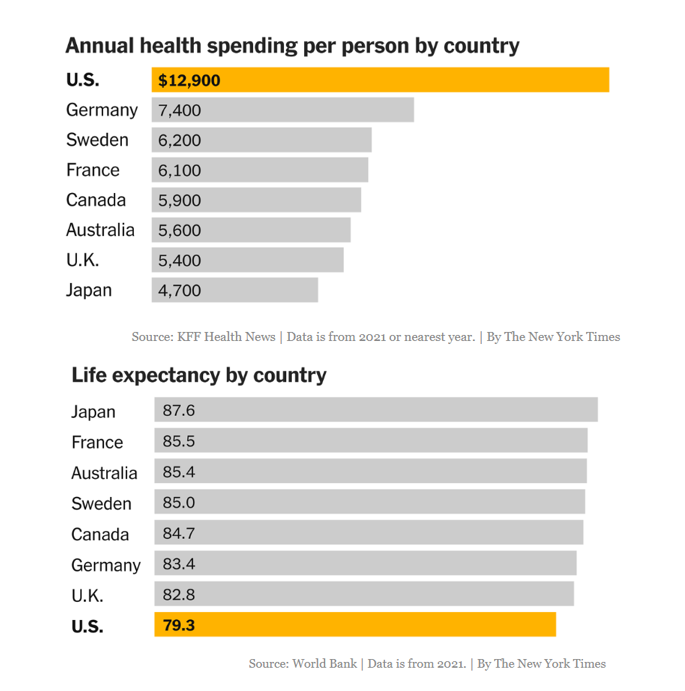About Us | Cancer Prevention | Recipes
phototrophs – most closely resemble plants. Halobacterium is an an example of a phototroph. (“Halo” means salt.)
lithographs – are represented by methanogens. Cancer cells most closely resemble methanogens that probably merged with halobacteria. This may be why cancer cells are high in sodium.
organotrophs – are most closely related to animals. Sulfolobus is an example of an organotroph. This may be why sulfur and sulfur-based chemicals inhibit cancer cells [see below].
From the article, “Scientists crack genome of superfood seaweed, ito-mozuku” which describes the research being done on seaweed at the Okinawa Institute of Science and Technology:
“They predict that, when expressed, these genes [in a particular species of seaweed] may boost the number of sulfate groups transferred to fucoidan, a chemical reaction that may be key to the substance's health benefits.”
“Both seaweed species contain exceptionally high concentrations of fucoidan, a slimy substance thought to stymie the formation of blood clots and cancerous tumors, among other health benefits.”

Other relevant Wikipedia articles:
Archaebacteria Archaebacteria video#
Methylotrophs (Methane eaters) Nitrosamines Formaldehyde
Methanogens (Methane producers) Methanosarcina (Methane producers)
Search Wikipedia:
PM
12/6/2023